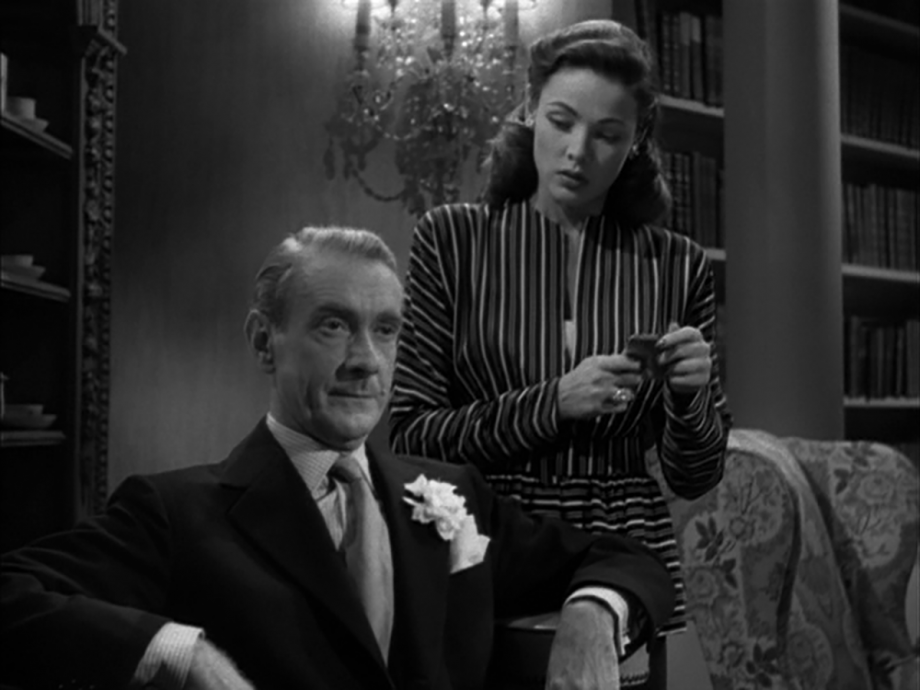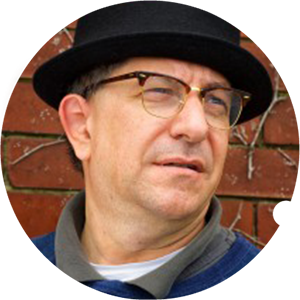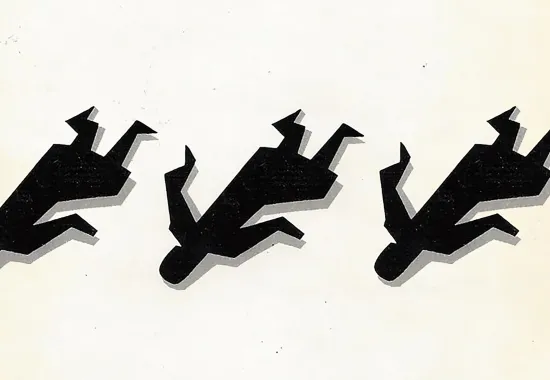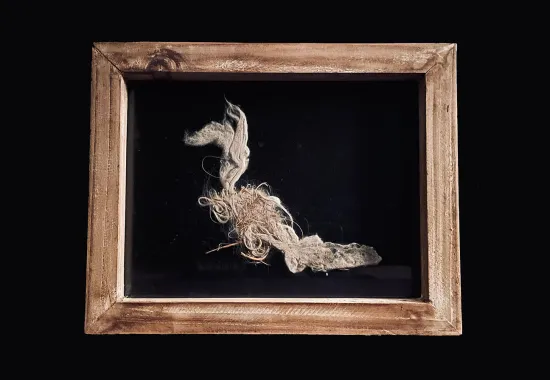The Genius of her Admirer: A Review of "Laura" and the Art of Writing for a Second Reading
Writing for a second reading is not a new concept. Crime writers are masters of repressed exposition, providing clues along the way that readers can re-examine once the final reveal occurs.
Vera Caspary’s Laura deftly plays within this double-voiced art. In her poly-vocal novel, Caspary begins with a first-person narrator, and our eventual killer, public intellectual and infamous art critic Waldo Lydecker.
Lydecker’s story is full of nuance, placing his collecting fetish and objectifications of Laura Hunt in the best of possible light: he’s a mentor helping her climb the corporate ladder of advertising. But there are flashes, fissure in his illuminations, as he inadvertently presents himself as a Pygmalion figure, shaping, shifting a young woman from Colorado Springs, whom he refers to as “Bambi” and a “child,” into a sophisticated New Yorker.
In the novel’s opening paragraph he reveals his troubling obsessions: “My grief at her sudden and violent death found consolation in the thought that my friend, had she lived to a ripe old age, would have passed into oblivion, whereas the violence of her passing and the genius of her admirer gave her a fair chance at immortality.”
Through death, Waldo believes that Laura has become god-like, an object that he and his quill-dipped pen have preserved for others to admire. His and her legacies are secure.
This is an odd opening paragraph and on a second reading screams of a prime motivation for killing her.
Half-way through Lydecker’s narrative, he confesses to distancing himself from rather unpleasant memories by narrating his life in third person: “I am saved from remorse by the substitution for unsavory memory of another captivating installment in The Life and Times of Waldo Lydecker." Not only do the italics here indicate that Waldo sees himself as a literary figure in a book, the “third-person shift” suggests a narrator climbing into a space between “I” and “me” protagonists.
Charles Baxter defines story protagonists as inhabiting two counterpoints: “I” protagonists, full of agency, making choices, taking ownership of their actions, and “me” protagonists, victims who hide behind a metaphorical passive voice of blaming others and remain trapped in degrees of dysfunction. Waldo is a pernicious, mean-spirited critic. He has a tremendous ego, stating in the novel’s very first paragraph his presence: “I, Waldo Lydecker,” seeing himself as a game changer in aesthetic appreciation; however, he also slips into the spaces between Baxter’s two polarities: plotting and executing a murder, but refusing to fully own it.
Samuel Fuller, the maverick film director and decorated WWII veteran (a Silver Star recipient, Fuller was a Corporal with the Big Red One), said that we all have three faces. The first face is the face we and a few loved ones close to us only get to know; the second face is our persona; the third face is that aspect of self we never knew existed until we are confronted with high-stakes stress and trauma: being dropped in the swirling chaos of a battle zone; losing a job we held for twenty years;
confronting a life-threatening illness.
Lydecker’s third-person gimmick is a self-defense mechanism, a fourth face that denies what the third face has done and is capable of doing (removing a woman’s face with a gun blast). He hides his wrong doings in a fictionalized account of Waldo Lydecker’s life and times.
Lastly, a second reading of the novel helps explain a moment of incriminating childhood trauma: “I was never a child to torture butterflies [. . .] I was forced to watch a decapitated chicken running around and around its astonished head. Even on the stage I prefer death to follow a swift clean stroke of a sharp blade.”
On a first read, this story of a young Lydecker is an odd digression, a confessional aside. But after placing all of the facts together, upon a second reading it reveals a rich psychological subtext and repressed guilt. Why did the killer mistakenly kill Diane Redfern instead of Laura Hunt?
Yes, Diane, of similar height and build to Laura, was staying at Miss Hunt’s apartment. But the answer to the mistaken kill rests in the farm story. The killer didn’t want to get too close. The killer, abhorring violence, hid in the shadows, and killed quickly, nearly decapitating the victim.
He didn’t take the time to make sure of his target.
He couldn’t watch. It’s the chicken’s death repeated all over again.
And such a kill sent Waldo scrambling into the projection and protection of his third-person, literary alter-ego.
Lydecker’s narcissism becomes his eventual undoing, his own indictment, as he rather unknowingly reveals to us and detective Mark McPherson his third and fourth faces.
Recommended
A Behind the Scenes Look at Art Selection and Cover Design for the NAR
“Doubling and the Intelligent Mistake in Georges Simenon’s Maigret’s Madwoman”
What the Birds Showed My Wounded Child, My Adaptive Adolescent, & My Wise Adult






